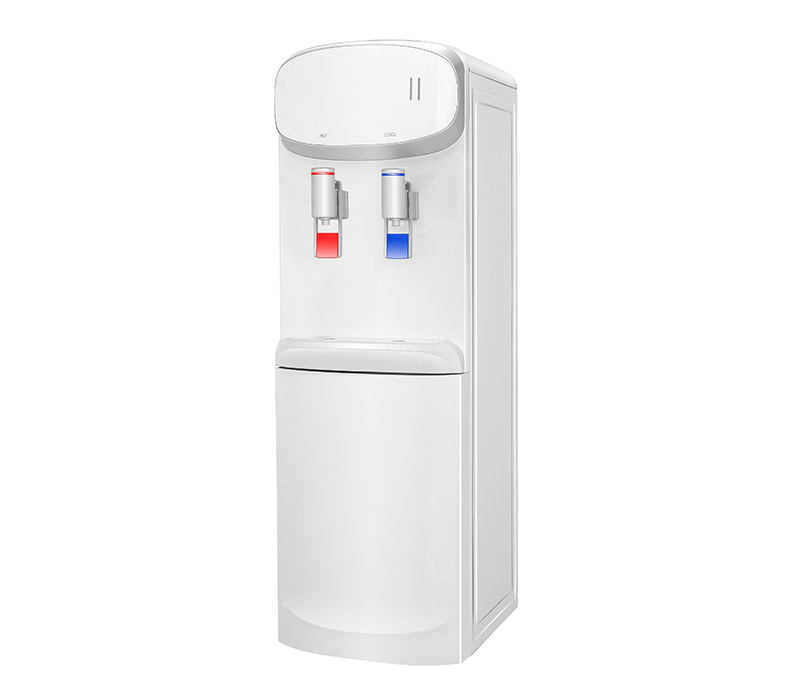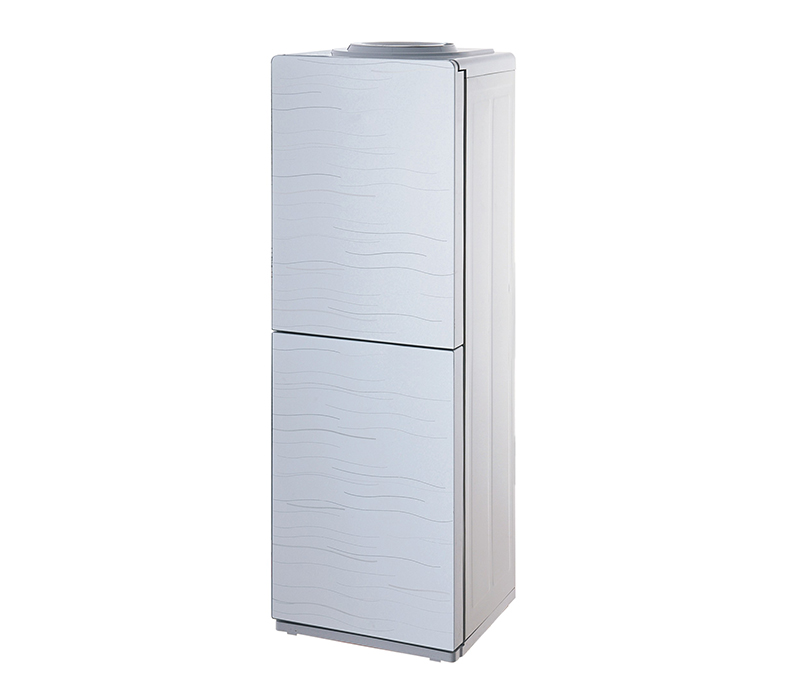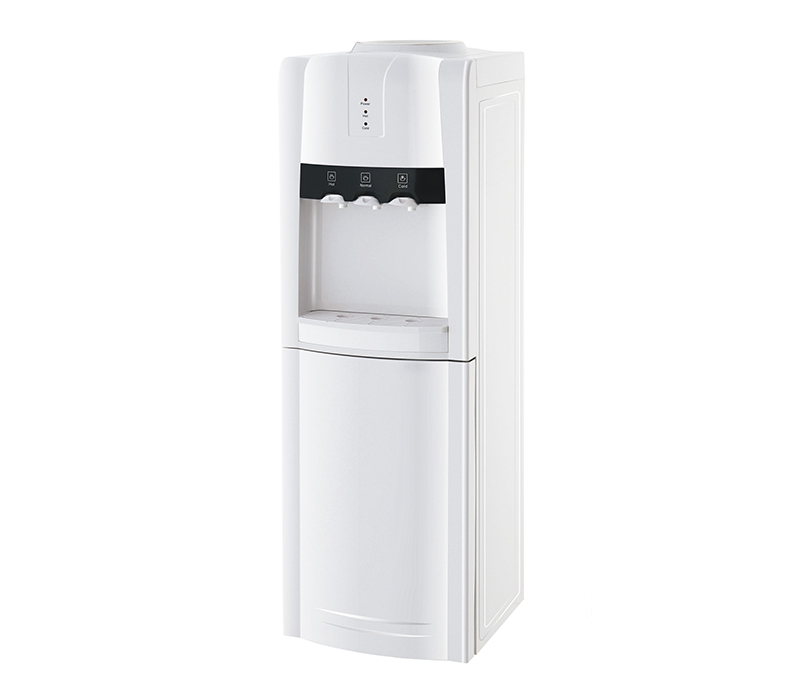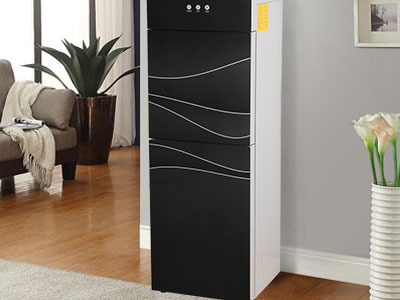With the development of science and technology and the deteriorating environment, water purifiers have become an increasingly important part of household appliances; people who pursue better quality of life must pursue better drinking water quality; according to WHO statistics: 80% of diseases in the world come from unclean drinking water;
Therefore, the water purifier has become an important product to improve drinking water hygiene and ensure drinking water safety;
So, what is a reverse osmosis water purifier? What are the advantages of reverse osmosis water purifiers?
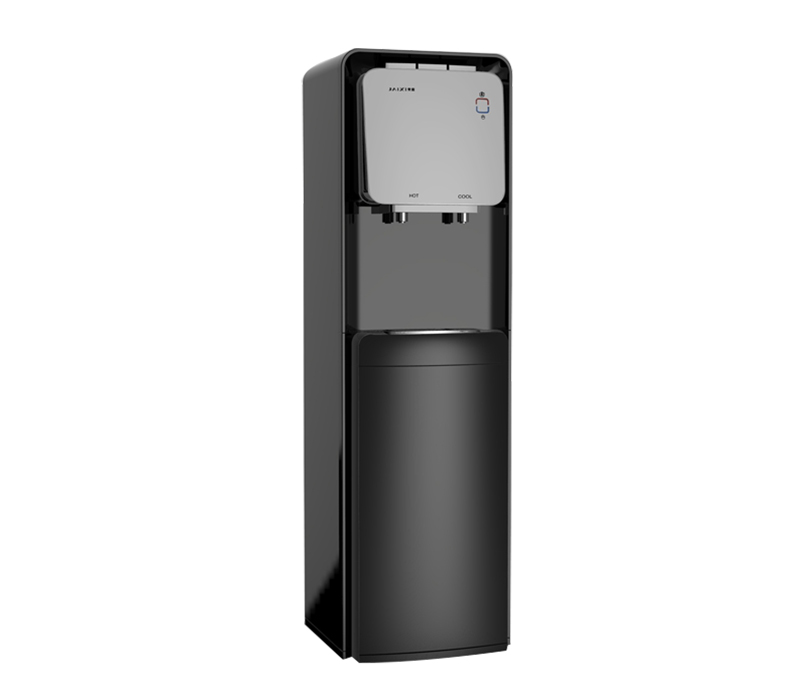
Reverse osmosis, also known as reverse osmosis, is a membrane separation operation that separates the solvent (soluble solids) from the solvent (water); the principle is to increase the pressure on the other side of the membrane. When the pressure exceeds the osmotic pressure of the membrane, The soluble solids in the water will reversely permeate against the direction of natural permeation; thus, the soluble solids in the water will be intercepted, and the pure water will penetrate through the membrane.
The reverse osmosis technology originated in 1958. Researcher Shi Song and others first carried out research on seawater desalination by ion exchange membrane electrodialysis in China. Prior to this, in 1953, C.E.Reid suggested that the US Department of the Interior should include reverse osmosis research into the national plan.
Early use in aerospace applications to provide astronauts with water circulation and direct drinking water; and the earliest seawater desalination application;
The reverse osmosis membrane can intercept various inorganic ions, colloidal substances and macromolecular solutes in the water to obtain clean water. It can also be used for pre-concentration of macromolecular organic solutions. Due to the simple process of reverse osmosis and low energy consumption, it has developed rapidly in the past 20 years. It has been widely used in seawater and brackish water (see brine) desalination, boiler water softening and waste water treatment, and combined with ion exchange to produce high-purity water. Its application range is expanding, and it has begun to be used in the concentration of dairy products and fruit juices and biochemical products. And the separation and concentration of biological agents.
Reverse osmosis technology is usually used in sea water, fresh water of brackish water; softening treatment of water; wastewater treatment and purification, concentration, and separation of food, pharmaceutical and chemical industries. In addition, the application of reverse osmosis technology to pre-demineralization treatment has also achieved good results, which can reduce the load of ion exchange resin by more than 90%, and the amount of resin regeneration agent can also be reduced by 90%. Therefore, it not only saves costs, but also contributes to environmental protection. Reverse osmosis technology can also be used to remove particles, organic substances, and colloids in the water, and has a good effect on reducing the pollution of ion exchange resins and prolonging the service life.
Popularization of reverse osmosis technology for civilian use:
Now, reverse osmosis technology has been widely used in household and commercial water purifiers. Household water purifiers use reverse osmosis membrane technology, which can effectively filter the heavy metal ions, calcium and magnesium ions of the raw water, so as to obtain safe and pure drinking water.


